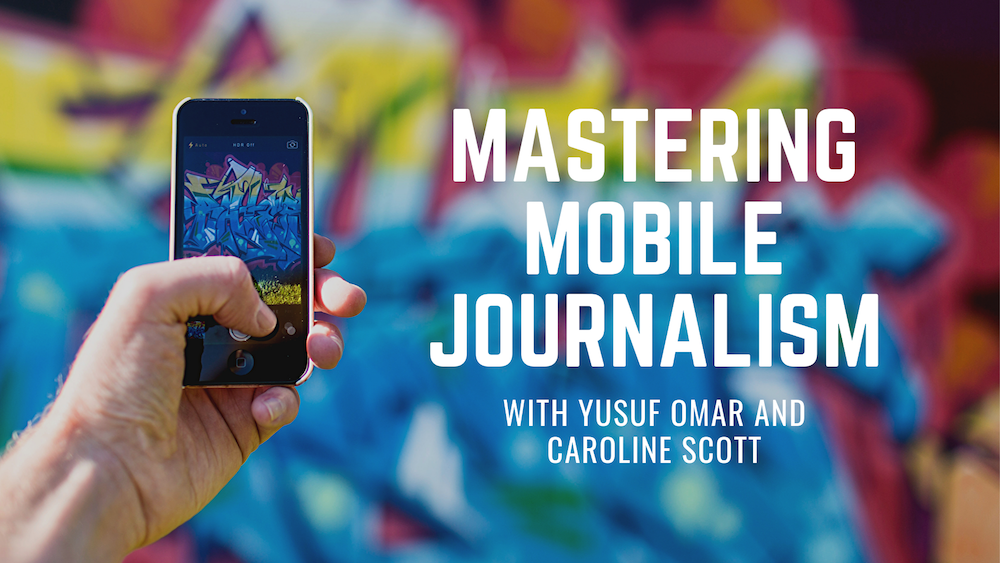Gathering audience data has led to changes in content type and style for many news rooms.
Ditching newspaper-style headlines in the subject lines of emails in favour of shorter, more emotive sentences has increased the click-through rate from newsletters.
The boost in page impressions of the websites, was just one example from John Barnes, managing director of digital strategy and development at Incisive Media.
Ron Diorio, vice president of product and community development at the Economist Online, gave examples of how they have been learning from social gaming.
Chris Duncan from News International, which owns the Times and the Sun, said: “In terms of audience data, we know more than we ever have, we are collecting it in more ways than we ever have.”
Diorio spoke of “lies, damn lies and product development”.
“Data from users on a product helps decide whether to keep the product the way it is or change it.
“But part of the challenge in getting audience feedback is that there are so many ways to get data.
“It’s getting harder and harder based on the sheer amount audience data available,” he said.
“We’re continuously inundated with this deluge of data,” citing Facebook and Twitter as relatively new sources.
But Facebook can also be a user audience research tool and surveys can provide immediate feedback
He gave the example of the ‘well-red quiz‘, launched when the Economist started noticing a trend in social gaming.
“We launched it but people weren’t coming back as they were only getting two out of 10 answers right,” he quipped.
Barnes spoke of the rise in audience data in its ability to cater to niche market titles, such as B2Bs and said it’s “good play for B2B publishers as we can create close and intimate interactions with the audience”.
He said they continue to use demographic and behavioural data, reader surveys and more recent tools such as cloud scores and web trends.
One of many examples he gave of learning from the audience was when he consulted them on the length and frequency of videos and has found his formula to be to keep videos between three and five minutes in length and to broadcast them three or four times a week.
The result has been a 900 per cent increase with most watching to the end. And that success can lead to revenue as it is something that can be commercialised, he explained.
Chris Duncan director of consumer management at News International said his research used to be mainly about the product and now its about the people.
Demographics still are broadly insightful, he said, stating that “high income lowers churn risk; life stages, such as the birth of a first child, generates purchasing patterns; and gender can still be highly indicative of copy preference”.
He talked about the changes since the birth of tablet devices.
News International’s websites experience a peak during the morning commute as people use tablets, an 11 o’clock spike on the website when people are at their desks and another tablet spike when commuters are returning home.
How do we get a continuous content journey across different devices? is a question News International is seeking to address.
When questioned about recent changes at the Times – with the launch of the paywall last summer and the launch of the iPad app, which took place exactly a year ago.
“The launch of the iPad one of the more terrifying days of my life,” Duncan admitted
Asked about the Times paywall he spoke of the “challenges of managing muiltiplatform devices”.
“Operationally it was more difficult than I thought,” he said.
“It’s very clear that all content is not the same. Some is very good at driving acquisition, some is very good at driving retention and there is some content that is not good at either”, but said people complain if it is removed and that’s when “the customer service centre will blow up”.
Edward Barrow, chief technology officer at Idio, discussed the technology around understanding “customer journeys” and the customisation of news based on gathering data on what a person is interested in.
His team believe how long someone spends on reading an article can provide a measure of what they are most interested in and can then be given more targeted news and demonstated how the Media Briefing is doing just that.
“Successful publishers are reorganising and restructuring around the customer,” Barrow said.
And learning what the customer is interested in is possible through data gathered by people logging in via Facebook or LinkedIn, he said.
“The more you know your customers, the more money you can make out of them,” Barrow said.
He advised transparency in engaging customers in the data gathering process and used Facebook, with your personalised news feed; Amazon, which knows what books you read; and Google as examples of personalisation technology.


